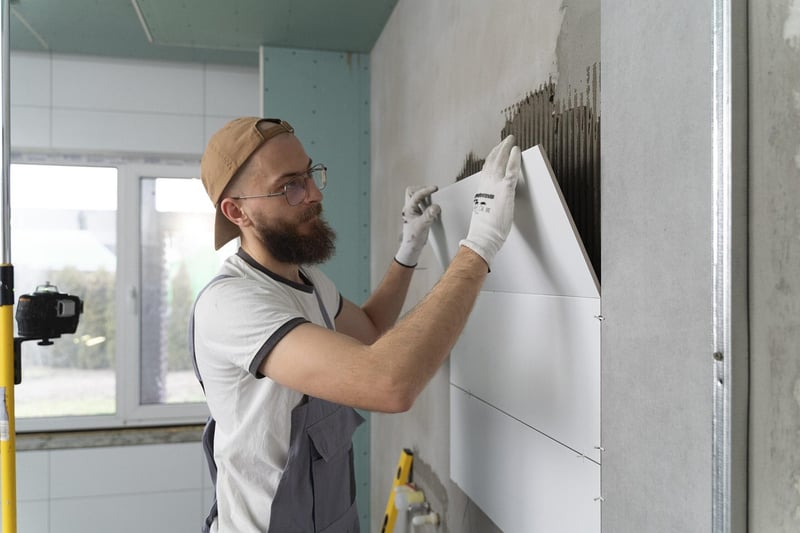Restorative
Physical & Mental Well-being Through Movement + Restorative

Physical and mental well-being are intertwined aspects of our overall health. Incorporating movement and restorative practices into our daily routine can significantly improve both our physical fitness and mental clarity.
The Benefits of Movement:
- Enhances cardiovascular health
- Strengthens muscles and bones
- Improves flexibility and balance
- Aids in weight management
- Boosts mood and energy levels
Types of Movement:
There are various forms of movement that cater to different preferences and fitness levels:
- Cardiovascular exercises like running, cycling, or dancing
- Strength training with weights or bodyweight exercises
- Flexibility exercises such as yoga or Pilates
- Low-impact activities like swimming or walking
The Importance of Restorative Practices:
Restorative practices play a crucial role in allowing the body and mind to recover and rejuvenate. They help reduce stress, improve sleep quality, and promote overall relaxation.
Types of Restorative Practices:
- Yoga and meditation for mindfulness and stress relief
- Deep breathing exercises for relaxation
- Massage therapy to release tension in muscles
- Quality sleep to allow the body to repair and recharge
By striking a balance between movement and restorative practices, individuals can achieve holistic well-being that encompasses physical fitness and mental clarity. It's essential to listen to your body's needs and incorporate both active and restorative elements into your routine for optimal health.
Remember, a healthy lifestyle is a combination of staying active through movement and allowing time for restorative practices to nurture your body and mind.

Embrace movement and restorative practices in your daily life to experience the transformative benefits they offer for your physical and mental well-being.
